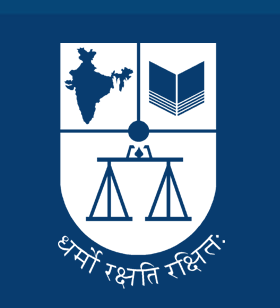Abstract
The international investment law regime (IIL) has been criticised in recent times, where various stakeholders have claimed that the regime’s dispute resolution system lacks ‘legitimacy’. Simultaneously, the regime has encountered a backlash from states, interest groups, and the wider public. The convergence of these two elements has led to serious concern about the regime’s future. Since global initiatives are currently underway to ‘repair’ the legitimacy of IIL’s dispute resolution system, including under the aegis of the United Nations Commission on International Trade Law (UNCITRAL) and pursuant to European Union (EU)-led proposals, the question of assessing such legitimacy has assumed added importance. Although stakeholders have sought to explain why reforms are necessary in light of the underlying ‘legitimacy crisis’, little systematic attempt has been made to design an analytical framework that can evaluate the conflictingly articulated assessments of legitimacy in this regard. On the other hand, while scholars have written at length about the so-called global backlash, they appear to have assumed that such backlash arises because of an objective legitimacy deficit. However, I argue that we need to design an analytical framework that can measure the relationship between backlash and legitimacy – including the possibility of omitted and/or intervening variables. Further, we must base such measurement upon a revised and more sophisticated conceptualization of legitimacy itself. Among other elements, this revised theorization, as well as the appurtenant. framework of analysis, should include a dynamic assessment of ongoing socio-political contestations among relevant stakeholders, including a critical evaluation of the power dynamics between them.
Recommended Citation
Barat, Deborshi Dr.
(2023)
"Measuring the Social Legitimacy of International Investor-State Dispute Settlement: A New Research Agenda,"
National Law School Business Law Review: Vol. 9:
Iss.
2, Article 5.
Available at:
https://repository.nls.ac.in/nlsblr/vol9/iss2/5

